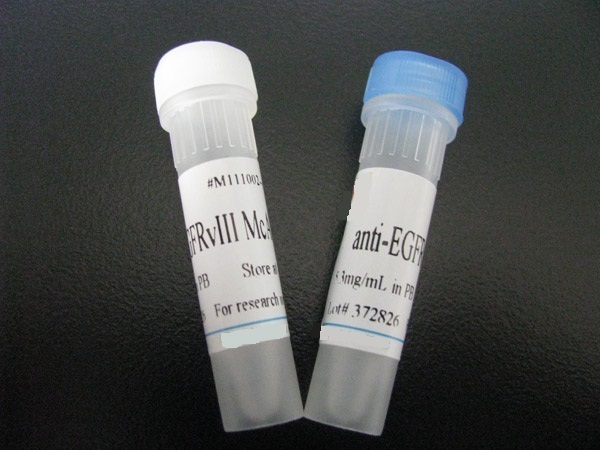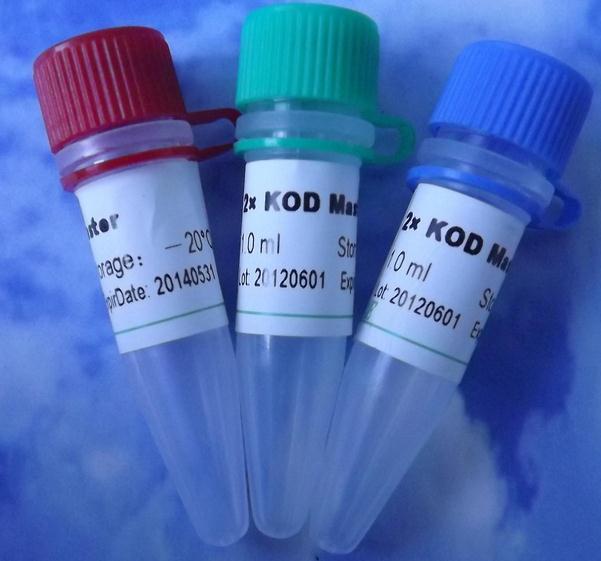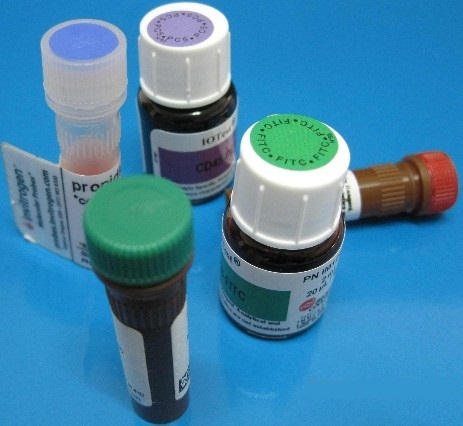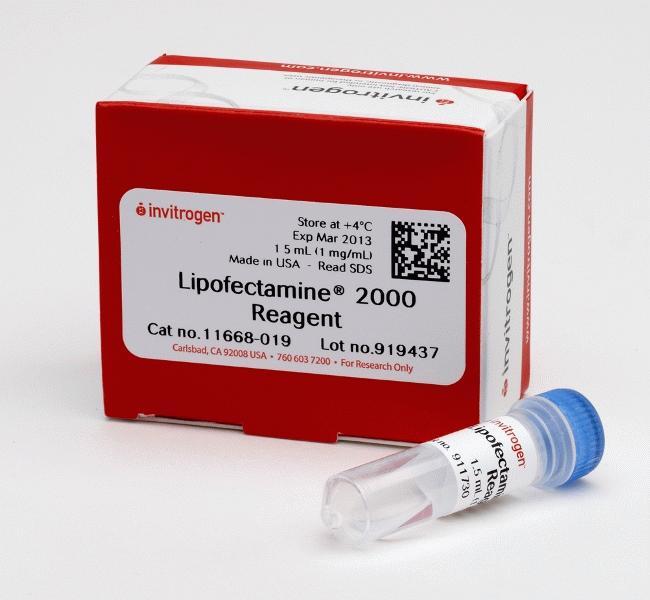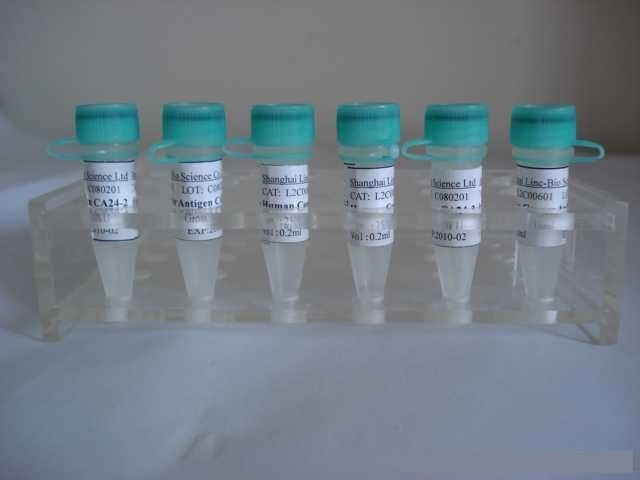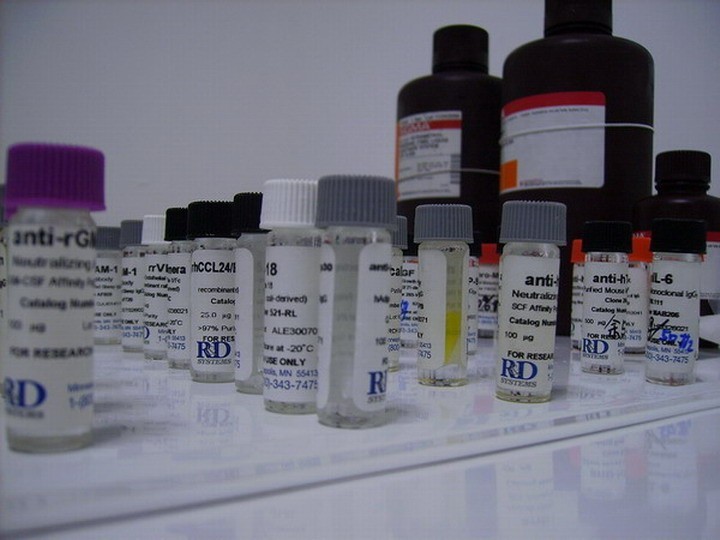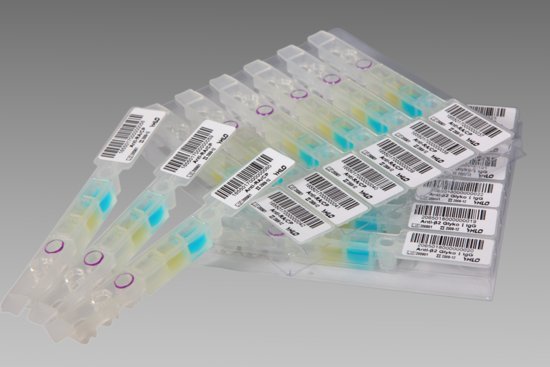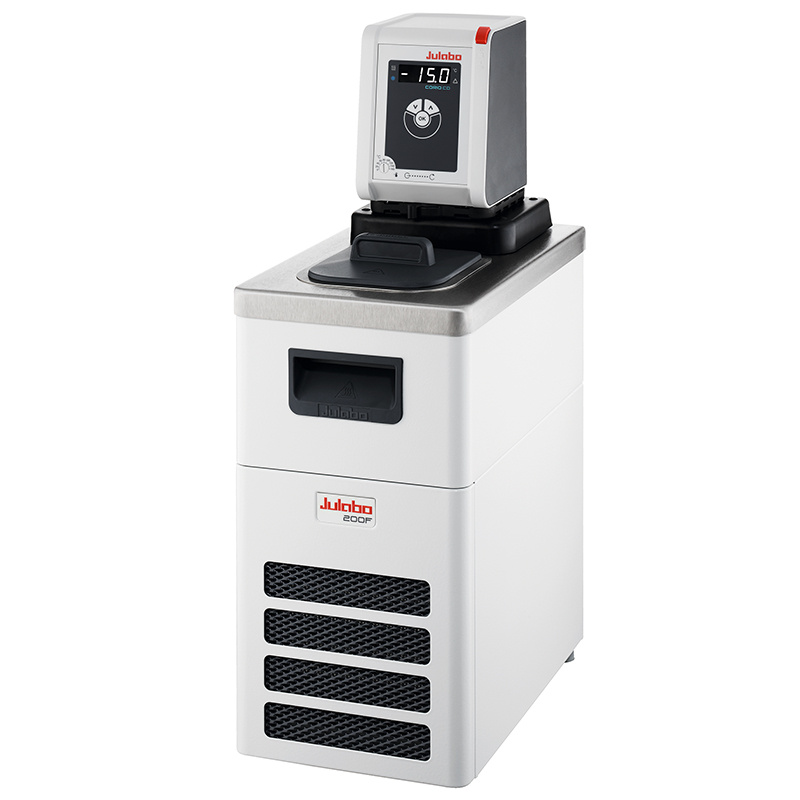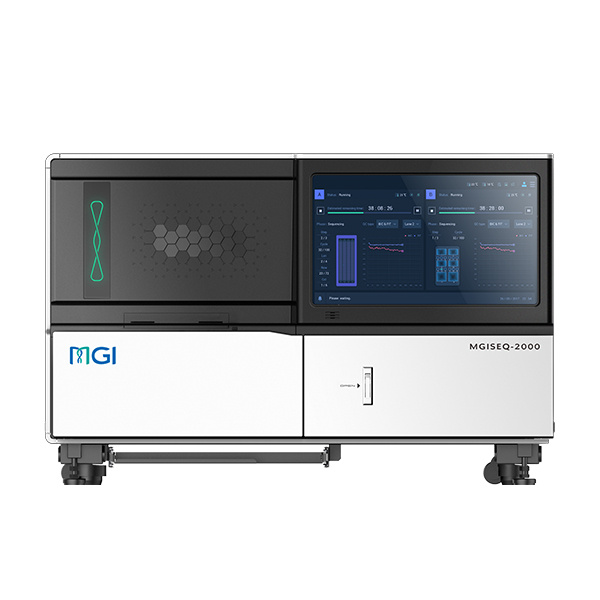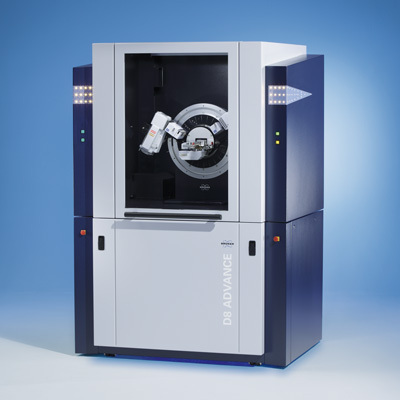抗体来源 Rabbit
克隆类型 polyclonal
交叉反应 Human, Mouse, Rat, Dog, Cow
产品类型 一抗
研究领域 细胞生物 转录调节因子
蛋白分子量 predicted molecular weight: 10kDa
性 状 Lyophilized or Liquid
免 疫 原 KLH conjugated synthetic peptide derived from human BANF1/BAF
亚 型 IgG
纯化方法 affinity purified by Protein A
储 存 液 Preservative: 15mM Sodium Azide, Constituents: 1% BSA, 0.01M PBS, pH 7.4
产品应用 WB=1:100-500 ELISA=1:500-1000 IHC-P=1:100-500 IHC-F=1:100-500 ICC=1:100-500 IF=1:100-500
(石蜡切片需做抗原修复)
not yet tested in other applications.
optimal dilutions/concentrations should be determined by the end user.
保存条件 Store at -20 °C for one year. Avoid repeated freeze/thaw cycles. The lyophilized antibody is stable at room temperature for at least one month and for greater than a year when kept at -20°C. When reconstituted in sterile pH 7.4 0.01M PBS or diluent of antibody the antibody is stable for at least two weeks at 2-4 °C.
Important Note This product as supplied is intended for research use only, not for use in human, therapeutic or diagnostic applications.
障碍自整合蛋白BAF抗体产品介绍 Barrier-to-autointegration factor (BAF) binds non-specifically to double stranded DNA, possibly to play a role in tissue- or cell type-specific gene expression by interacting with different homeodomain transcription factors. BAF compresses chromatin structure and interacts with the LEM domain of nuclear proteins to play a crucial role in membrane recruitment and chromatin decondensation during nuclear assembly. Additionally, retroviruses like HIV-1 incorporate BAF from host cells into preintegration complexes (PICs) to prevent autointegration of retroviral DNA and thereby promote integration of retroviral DNA into the host chromosome.
Function : Plays fundamental roles in nuclear assembly, chromatin organization, gene expression and gonad development. May potently compress chromatin structure and be involved in membrane recruitment and chromatin decondensation during nuclear assembly. Contains 2 non-specific dsDNA-binding sites which may promote DNA cross-bridging. Exploited by retroviruses for inhibiting self-destructing autointegration of retroviral DNA, thereby promoting integration of viral DNA into the host chromosome. EMD and BAF are cooperative cofactors of HIV-1 infection. Association of EMD with the viral DNA requires the presence of BAF and viral integrase. The association of viral DNA with chromatin requires the presence of BAF and EMD.
Subunit : Homodimer. Heterodimerizes with BAFL. Interacts with ANKLE2/LEM4, leading to decreased phosphorylation by VRK1 and promoting dephosphorylation by protein phosphatase 2A (PP2A). Binds non-specifically to double-stranded DNA, and is found as a hexamer or dodecamer upon DNA binding. Binds to LEM domain-containing nuclear proteins such as LEMD3/MAN1, TMPO/LAP2 and EMD (emerin). Interacts with CRX and LMNA (lamin-A). Binds linker histone H1.1 and core histones H3 with in vitro affinities of 500-900 and 100-200 nM. Interacts with HIV-1 pre-integration complex in cytoplasm by binding to viral matrix protein and Gag polyprotein.
Subcellular Location : Nucleus. Cytoplasm. Chromosome. Significantly enriched at the nuclear inner membrane, diffusely throughout the nucleus during interphase and concentrated at the chromosomes during the M-phase. May be included in HIV-1 virions via its interaction with viral GAG polyprotein.
Tissue Specificity : Widely expressed. Expressed in colon, brain, heart, kidney, liver, lung, ovary, pancreas, placenta, prostate, skeletal muscle, small intestine, spleen and testis. Not detected in thymus and peripheral blood leukocytes.
Post-translational modifications : Partially phosphorylated on serine. Ser-4 phosphorylation may block BAF ability to promote EMD binding to lamins in vitro. Non phosphorylated BAF seems to enhances binding between EMD and LMNA.
DISEASE : Defects in BANF1 are the cause of Nestor-Guillermo progeria syndrome (NGPS) [MIM:614008]. NGPS is an atypical progeroid syndrome characterized by normal development in the first years of life, later followed by the emergence of generalized lipoatrophy, severe osteoporosis, and marked osteolysis. The atrophic facial subcutaneous fat pad and the marked osteolysis of the maxilla and mandible result in a typical pseudosenile facial appearance with micrognatia, prominent subcutaneous venous patterning, a convex nasal ridge, and proptosis. Cognitive development is completely normal. Patients do not have cardiovascular dysfunction, atherosclerosis, or metabolic anomalies.
Similarity : Belongs to the BAF family.
Database links : UniProtKB/Swiss-Prot: O75531.1
纯度:在实验的任何阶段,确定抗体溶液纯度的最简单方法是取一部分样本进行SDS-PAGE电泳。凝胶可用考马斯亮蓝染色(灵敏度为0.1—0.5ug/带)或银染(灵敏度1~l0ug/带)。
定量:如果抗体还不纯,有一个快捷的定量方法,即通过SDS-PAGE电泳分离出轻、重链,然后和已知的标准染色带比较。如果需要分析许多样本,用免疫测定法对抗体定量较容易。如果抗体是经过纯化的,可通过测蛋白总量代替上述两种方法,有一简单的方法,即紫外吸收法。障碍自整合蛋白BAF抗体的量可通过测280nm处的吸收值来测(10D大致相当于0.75mg/m1的纯化抗体)。
抗原结合活性:一般说来,纯化方法不会引起抗原结合活性的改变。用蛋白G或蛋白A树脂很少导致抗体活性丧失。然而,如果最终抗体产物的作用不如原来所预料的好,检测抗体纯化过程所丢失的活性就极为重要。用一系列滴定法比较纯化的抗体和其原材料的活性,以标定每一步中的总抗体量,这将有助于较好的估计通过纯化所丢失的活性。
![]()




